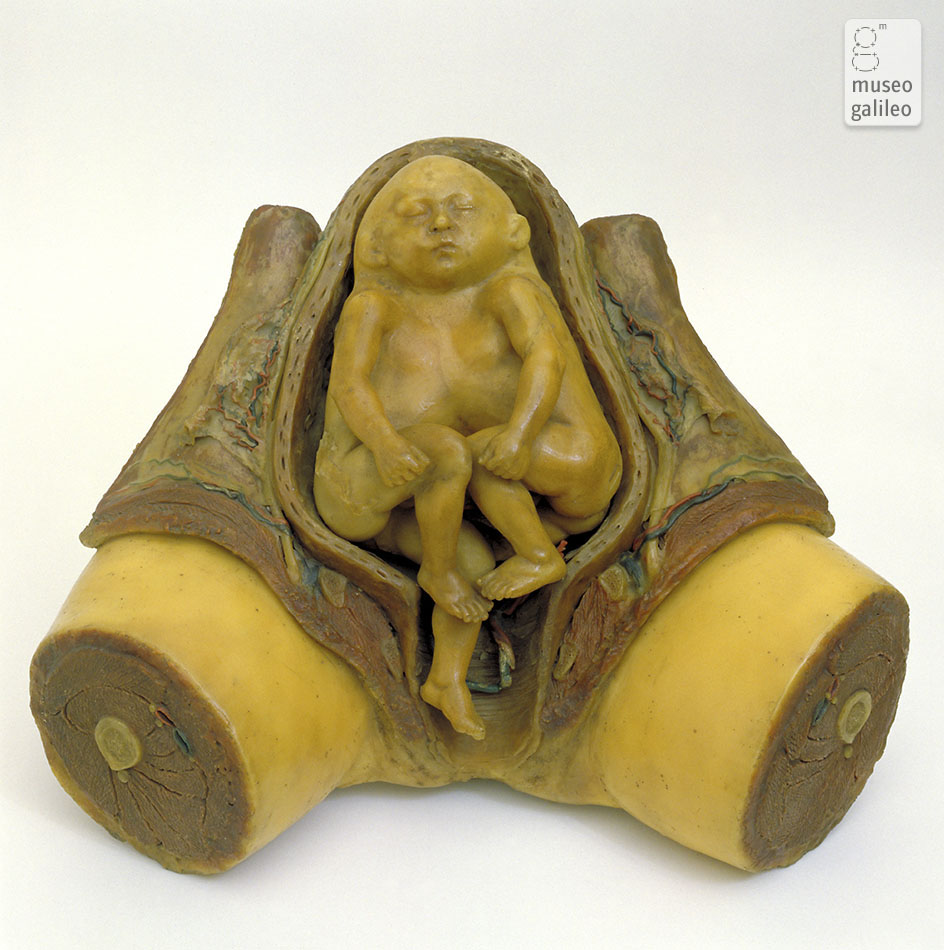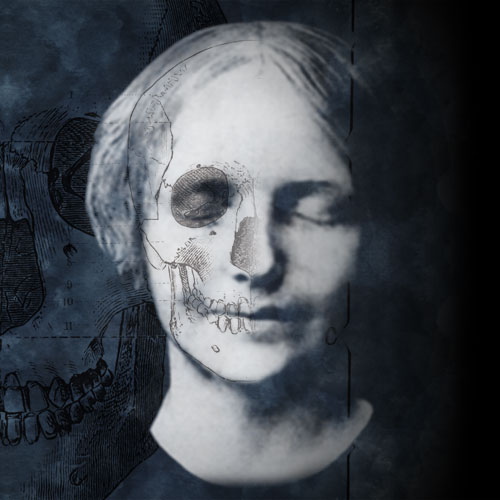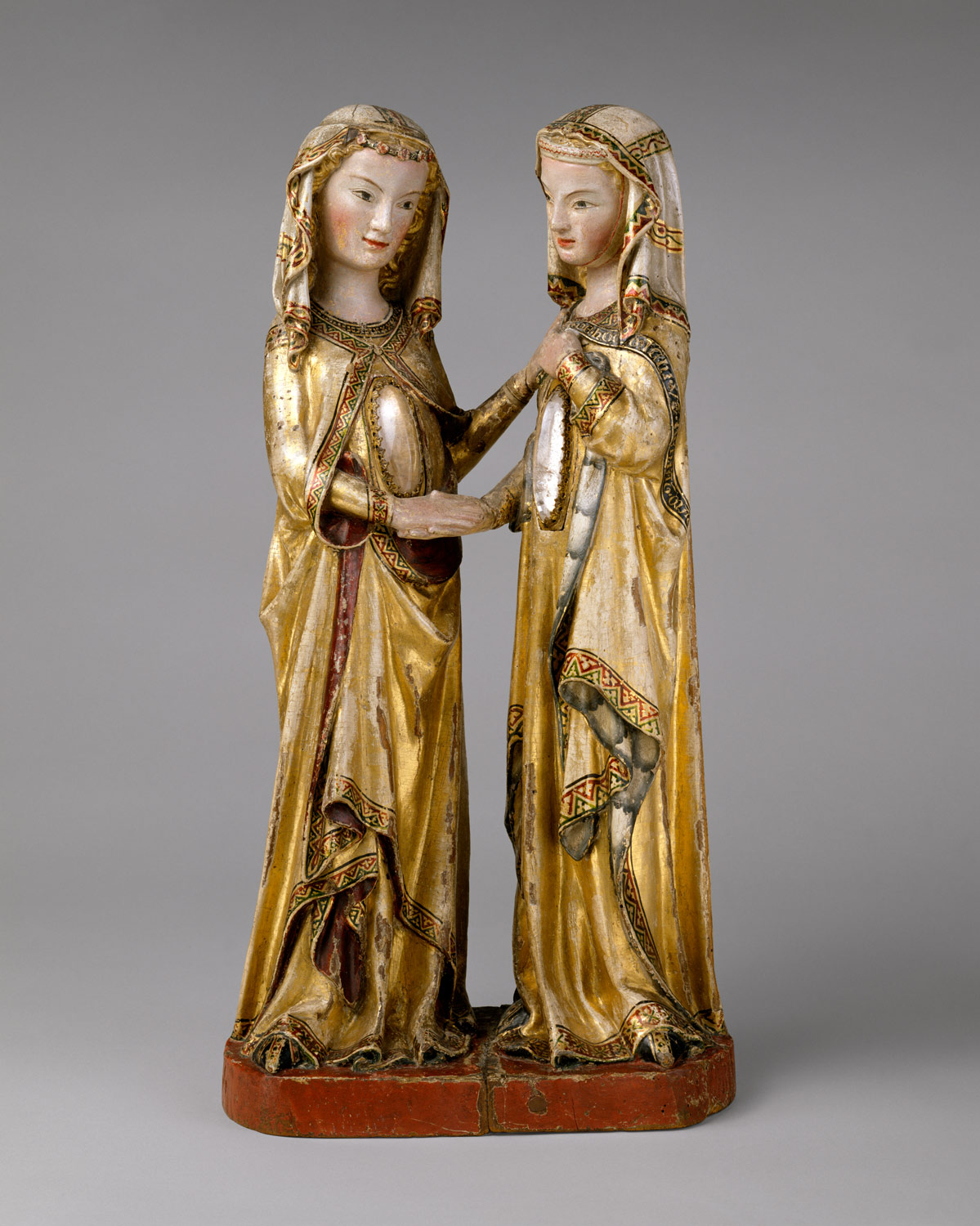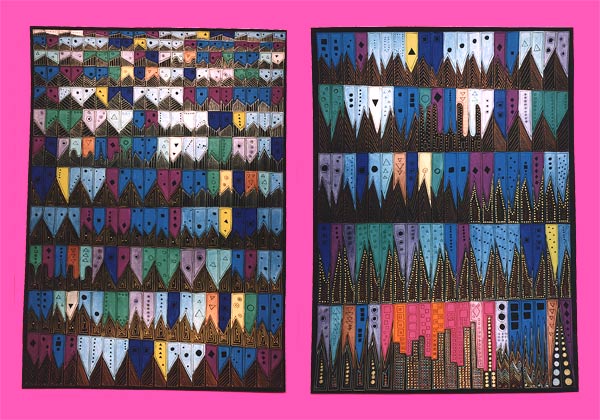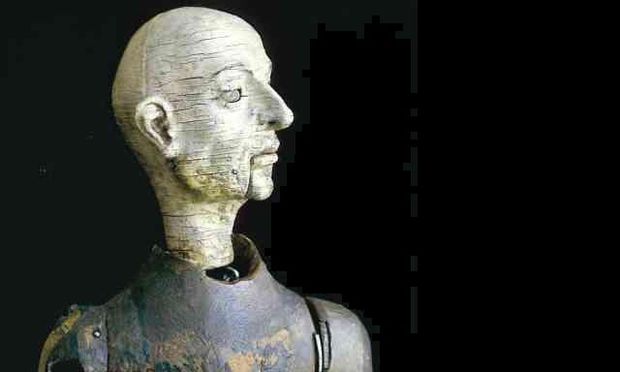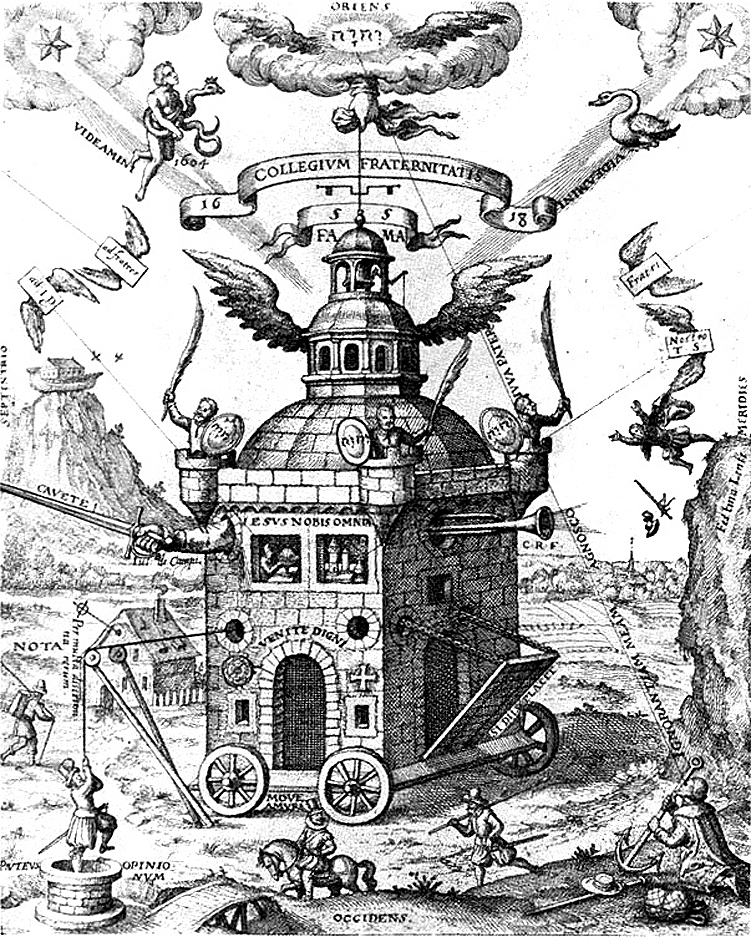From the OU History of Science Blog
Saturday, December 29, 2012
Friday, December 28, 2012
Vénus endormie
Sleeping Venus (1944) by Paul Delvaux, who was inspired by the Spitzner Museum of anatomy.
More on the Spitzner Collection.
The Erotics of Electric Eels
The 'electric stroke' and the 'electric spark': anatomists and eroticism at George Baker's electric eel exhibition in 1776 and 1777.
Source
Abstract
In 1776 and 1777 five living electric eels exhibited in London became a sensational spectacle that appealed to anatomists, electricians and connoisseurs of erotica. George Baker's exhibition made visible the 'electric spark' of the electrical eel and a series of experiments were both witnessed by and participated in by members of the Royal Society and the metropolitan elite. Some participants even grasped the eels firmly in their hands and felt the 'electric stroke' of the eel in addition to observing the spark. In their observation of the electric eel some of these spectators transposed the vivid electric spark from the sphere of electricians and anatomists into that of satirical and erotic literature. Here the erotic electric eel proliferated in the literature and the eel took on quite different connotations that nonetheless were reliant on readers knowledge and experience of the exhibition, experiments and the preoccupations of anatomists. George Baker's electric eel exhibition of 1776 and 1777 is then instructive in exploring the production and circulation of knowledge in Georgian Britain. The story of the electric eel in Georgian culture charts the creation of the electric spark and stroke as objects of observation and encounter, their exhibitionary context, and finally their divergent meanings as the electric eel became erotically charged for a metropolitan masculine elite.
Endeavour. 2010 Sep;34(3):87-94. doi: 10.1016/j.endeavour.2010.06.003.
Wednesday, December 26, 2012
Saturday, December 22, 2012
Tuesday, December 18, 2012
Monday, December 17, 2012
Scholarly Article Quote of the Day
"a customer at Seba’s sale purchased a lot that
contained a “piece of a penis, artfully prepared” by Ruysch, a preparation of
intestines, a book, and amole skeleton for the sum of 23 guilders. In 1713,
Bidloo’s “most charming mole skeleton” was sold for 4 guilders 10 stuivers.
Human intestines “decorated with wax and mercury and a corium humanum” were
also available for 1 guilder 10stuivers. A “penis siccatus” fetched 1 guilder
and 2 stuivers together with “two testicles injected with mercury.” As part of
a separate lot, several “penes viriles etcanini” were purchased for 14
stuivers, even though a dog’s baculum was also added. Adding together Bidloo’s mole
skeleton, intestines and penis, the totalamount is 7 guilders 2
stuivers, and it also includes an extra corium humanum and the two testicles. Discounting the
additional book on Seba’s sale, Ruysch’sspecimens were still worth three times
as much as Bidloo’s."
From A Museum of Wonders or a Cemetery of Corpses? The Commercial Exchange of Anatomical Collections in the Early Modern Netherlands by Daniel Margocsy in Silent Messengers, 2011
Sunday, December 16, 2012
Friday, December 14, 2012
Thursday, December 13, 2012
Tuesday, December 11, 2012
My newest research adventure came to being when I noticed that my favorite flap anatomies contained imagery found in Rosicrucian texts.
Temple of the Rosy Cross
So, this leads to all sorts of craziness. Check out Robert Fludd, Athanasius Kircher, and Michael Maier.






